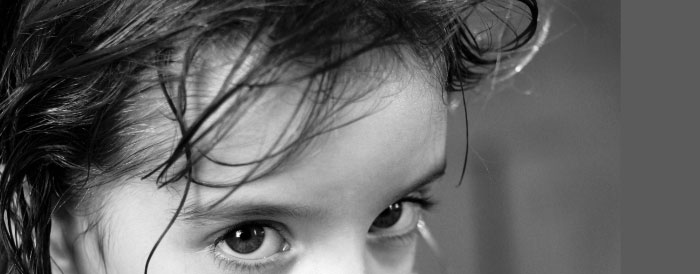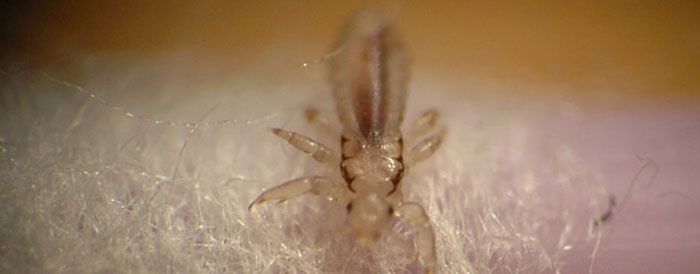
Young Mother’s Beware
Head Lice – A common concern for mothers of school-age children
The head louse (plural, lice) is scientifically known as Pediculus humanus capitis, and an infestation with head lice is medically known as Pediculosis capitis.
Head lice are obligate parasites. This means that they cannot survive without a human host—this species can live only on human hosts, so you cannot get them from your dog, cat, guinea pig, or any other kind of furry pet you may have.
Head lice have no wings, so they cannot fly. They have six legs with claws at the ends—that is how they attach themselves to hair.
Head lice infestations can happen to anyone, but they are a particular concern for school-age children. It is important to emphasize that poor hygiene, skipped baths or showers, or any other hygiene issue is not the cause of head lice. Children who live in crowded conditions may have more of a problem with head lice, but that is only because they are living close to one another and may sleep in the same bed. The only way head lice spread from one person to another is by direct head-to-head contact (as when kids hug or put their heads together to look at the same book) or by the sharing of hats, caps, hair ties, scarves, or any personal item such as combs or brushes.
Female adult lice can lay three to four eggs every day. The eggs are laid about 3 to 4 millimeters from the scalp, right onto the shaft of hair. The eggs are essentially glued on by secretions from the female louse. The eggs take about a week to hatch—producing a nymph. The nymphs then go through three successive growth spurts, during which they molt—the most obvious effect is an increase in size until they reach adult size. Adults are about the size of a sesame seed—and can be very hard to see because they can be any color from white to tan to brown.
Lice feed on blood—they use their mouth parts to bite into the skin and secrete a substance that acts to block clotting. They feed about four to five times every day.
Head lice can be found anywhere on the scalp, but are commonly found on hairs at the back of the neck and around the ears.
There are a number of treatments that can effectively get rid of head lice—these include over-the-counter (OTC) products, natural products, and prescription medications.
[Source: http://www.healthline.com]
photo credit: horrigans via photopin cc
photo credit: Eran Finkle via photopin cc


